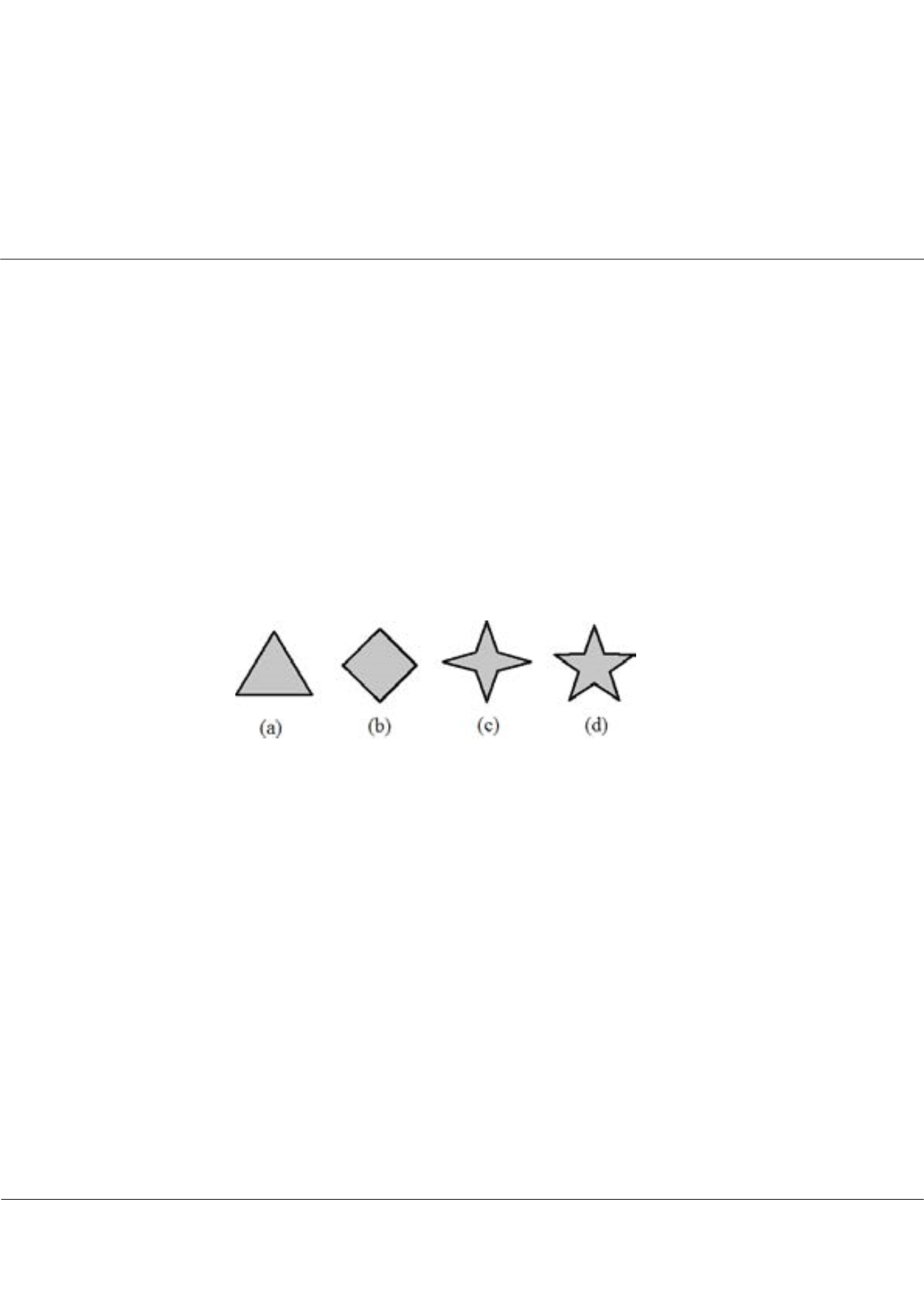

Page 37
conferenceseries
.com
Volume 9
Journal of Biotechnology & Biomaterials
ISSN: 2155-952X
Biomaterials 2019
February 25-26, 2019
February 25-26, 2019 | London, UK
4
th
Annual Conference and Expo on
Biomaterials
Experimental investigation of microtopography patterns on bacterial attachment
P.V. Rao, Deepak Patil, S Aravindan
and
Vivekanandan P
IIT Delhi, India
Statement of the Problem:
The adhesion of bacterial cells on any surface is the first step of biofilm formation. Biomedical
field is more concern about biofilm formation as medical devices get frequently contaminated with bacteria and leading to the
formation of mature biofilm which can put patient lives at risk. Researchers have reported that the surface topography with
micro patterns affects the initial adhesion of bacterial cells. However, the effect of the number of corners on the behavior of
bacterial cells is yet to be investigated. In this work, the different types of microscale geometrical features (Triangle, Square,
Star pattern with four and five corners) are fabricated on polydimethylsiloxane (PDMS) using soft lithography technique
(Fig. 1). Through static droplet contact angle analysis, it is confirmed that the fabricated micro patterns alter the wettability of
plain PDMS surface. The effect of number of corners on the migration and initial attachment of
Escherichia coli (E. coli)
and
Staphylococcus aureus (S. aureus)
are investigated using fluorescence microscopy. The adhesion of bacterium depends on the
number of corners present in the geometrical feature. Moreover, the bacterial adhesion is correlated with the ratio of pillar
cross-sectional area to its perimeter (λ). The experimental investigation can be useful in designing the effective geometry
which can be used in making anti-biofouling structured polymeric devices for biomedical applications.
Recent Publications
1. Helbig R, Günther D, Friedrichs J, Rößler F, Lasagnib A, Werner C (2016) The impact of structure dimensions on initial
bacterial adhesion. RSC Biomaterials Science 4:1074–1078.
2. Vasudevan R, Kennedy AJ, Merritt M, Crocker FH, Baney RH (2014) Microscale patterned surfaces reduce bacterial
fouling- microscopic and theoretical analysis. Colloids and Surfaces B 117:225–232.
3. Glinel K, Thebault P, Humblot V, Pradier CM, Jouenne T (2012) Antibacterial surfaces developed from bio-inspired
approaches. Acta Biomaterials. 8: 1670–1684.
4. Yifu D, Sajjad M, Masoud A, Alan RG ( 2017) Surface patterning of polymeric membranes and its effect on antifouling
characteristics. Separation Science and Technology, 52:240-257.
5. Naiyan L, Wei ., Yuyan W, Xiaoxia C, Yao C, Peng Z (2016) Fabrication of PDMS surfaces with micro patterns and the
effect of pattern sizes on bacteria adhesion. Food Control 68:344-351.
Biography
Dr. Venkateswara Rao Paruchuri is currently a Professor & Head, Department of Mechanical Engineering, Indian Institute of Technology Delhi. He received Masters
& Doctorate Degrees from Indian Institute of Technology Madras. Prior to that, he obtained Bachelor’s Degree from Regional Engineering College Warangal. He has
been faculty at IIT Delhi since 1996. His research interests include Material Removal Processing, Micro/Nano Manufacturing, and Sustainable Machining. He received
BOYSCAST fellowship award from Government of India in 1998. He was a visiting Assistant Professor at Oklahoma State University, USA in 1999. He was visiting
Professor at Tokyo Institute of Technology, Japan in 2012. He published more than 193 research papers in National and International Journals and Conferences. He
supervised 21 Ph.D. and several M.Tech theses. He is also a member of Editorial Board of International Journal of Industrial Engineering: Theory, Applications & Practice.
He has undertaken several sponsored research projects as Principal Investigator.
pvrao@mech.iitd.ac.inP.V. Rao et al., J Biotechnol Biomater 2019, Volume 9
DOI: 10.4172/2155-952X-C1-112
Figure 1: Different types of
micropatterns tested against E.
coli and S. aureus (a)Triangle
(b) Square (c) Star with four
corners (d) Star structures
with five corners
















